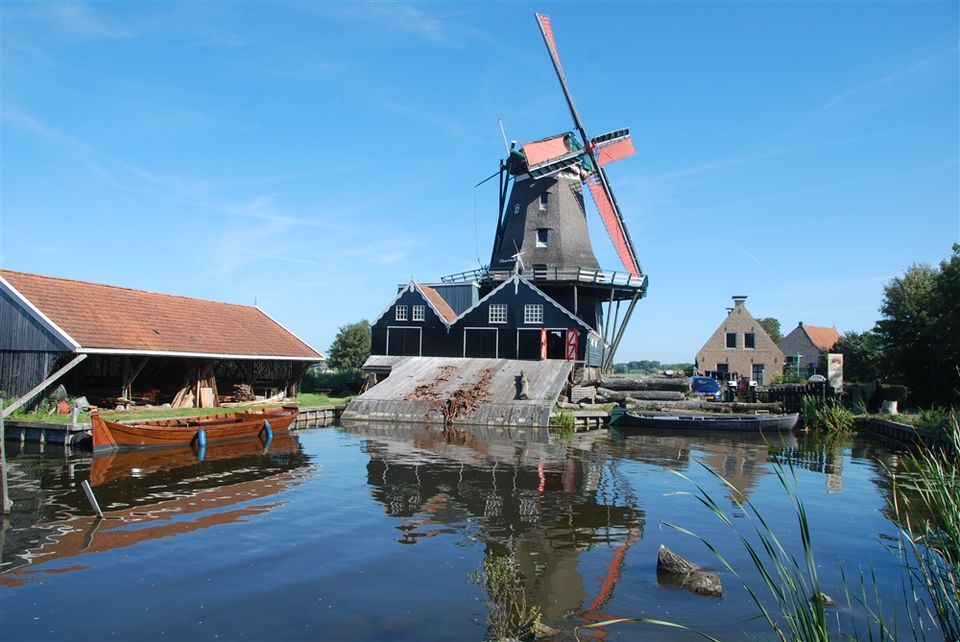IJlst (Drylts)
IJlst
IJlst (or Drylts in Frisian) is not only one of the famous 11 cities, but also a 'wood city'. For many years, tree trunks were processed here by the legendary wood trading companies Oppedijk and S.O. de Vries.
Take a look
Discover Elfstedenstad IJlst and its surroundings
IJlst (or Drylts in Frisian) is not only one of the famous 11 cities, but also a 'wood city'. For many years, tree trunks were processed here by the legendary wood trading companies Oppedijk and S.O. de Vries. The iconic wood sawmill known as the Rat is a lasting reminder of those days. IJlst is also known for its characteristic 'overtuinen' waterside gardens, where the Overtuinen fair is organised each year: a fair featuring historic décor along the canal. IJlst is the third Elfstedenstad to be visited during the Elfstedentocht and the tour takes you straight through the small town over the Geeuw. Below we would like to tell you about the best addresses for your visit to IJlst. Would you like to discover IJlst?
Here you will find IJlst (Drylts)
8651 EB IJlst Plan your route naar IJlst (Drylts)from your location


